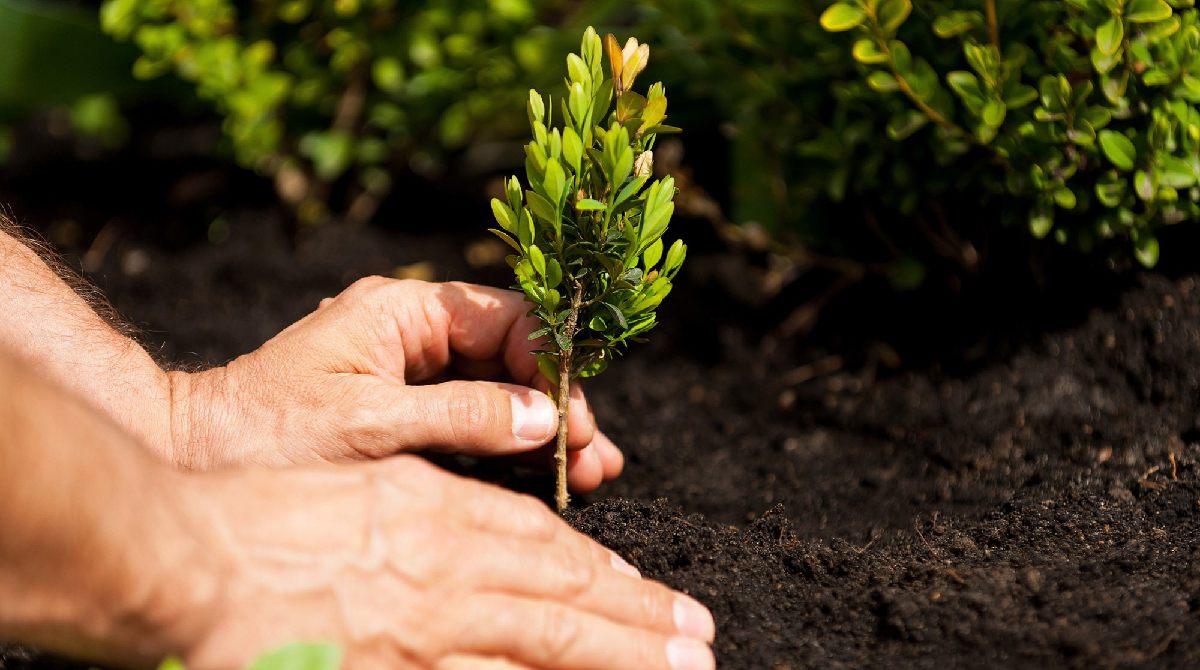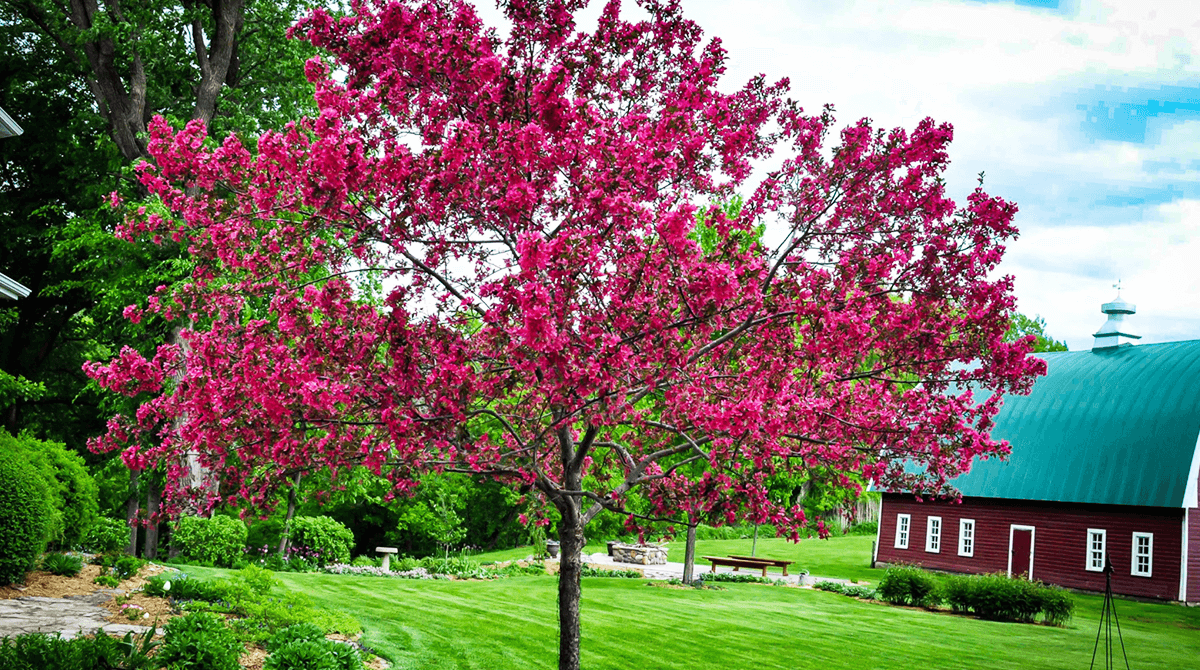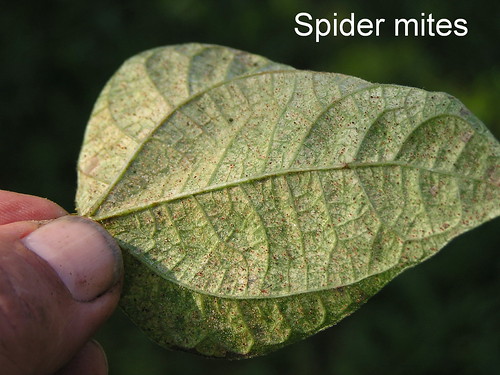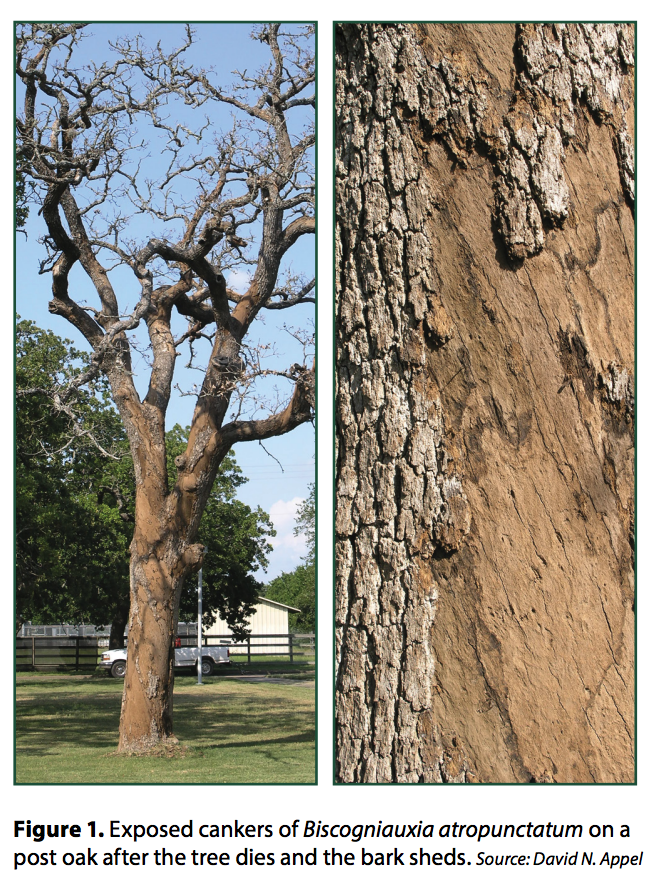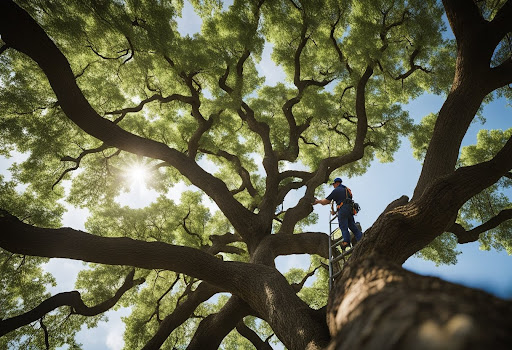
Date December 13, 2024
Category
Tree risk assessments are essential for homeowners in Argyle, TX, who value safety and the integrity of their property. These assessments provided by TreeNewal identify potential hazards posed by trees, such as decay, instability, or proximity to structures, allowing homeowners to take proactive measures. With the region’s diverse tree population, understanding the health and risks associated with these trees can prevent serious accidents and costly damages.
Conducting a tree risk assessment involves a thorough examination of a tree’s condition, including its physical structure, soil health, and environmental factors. Skilled arborists utilize specific criteria to gauge the likelihood of tree failure and recommend appropriate management strategies. By investing time in these assessments, homeowners can ensure not only the safety of their family but also the preservation of their landscape.
Regular tree risk evaluations foster a healthier and more aesthetically pleasing environment. Homeowners in Argyle are encouraged to consider these assessments as part of their property maintenance plans to mitigate risks and enhance the overall beauty of their outdoor spaces. Taking action in this area supports long-term sustainability and safeguards against unforeseen challenges associated with tree management.
Understanding Tree Risk Assessment
Tree risk assessment is a systematic process that evaluates the potential hazards posed by trees to ensure the safety of people and property. It involves identifying issues that could lead to tree failure and understanding the specific context of each tree.
Meaning of Tree Risk Assessment
Tree risk assessment involves evaluating trees to determine their condition and the likelihood of failure. This process includes inspecting the tree’s health, structural integrity, and the surrounding environment.
Assessors look for signs of disease, decay, or structural weaknesses. They consider factors such as the tree’s species, age, and growth patterns. Understanding these elements helps identify potential risks that may emerge as the tree ages or as environmental conditions change.
Components of a Comprehensive Evaluation
A comprehensive tree risk assessment includes several key components:
- Visual Inspection: This involves examining the tree’s trunk, branches, and roots for any visible signs of damage or disease.
- Diagnostic Testing: Tools such as resistographs or sonic tomography may be used to evaluate the internal condition of the tree.
- Contextual Analysis: Assessing the tree’s location is crucial, especially its proximity to structures, power lines, and pedestrian areas.
Each evaluation should be thorough, often taking into account previous storms, soil conditions, and tree maintenance history. A detailed report outlines findings and provides recommendations to mitigate risks.
Benefits for Homeowners in Argyle, TX
Tree risk assessments offer significant benefits for homeowners in Argyle.
First, they promote safety by identifying hazardous trees that could potentially fall and cause injury or property damage.
Second, such assessments can enhance property value. Well-maintained and healthy trees contribute positively to curb appeal.
Lastly, understanding tree health can guide homeowners in making informed decisions about tree care and maintenance. Regular assessments can help prevent costly damage from tree failures and ensure a safer living environment.
The Importance of Tree Health and Safety
Maintaining tree health is essential for ensuring safety and preventing property damage. Regular assessments can identify threats and help homeowners take appropriate action.
Identifying Potential Hazards
Tree risk assessments focus on spotting issues that may lead to safety hazards. These can include:
- Structural Weaknesses: Cracks, splits, or decay can weaken branches or the trunk, increasing the risk of falling.
- Pest Infestation: Insects or diseases can compromise tree health, making them more prone to structural failures.
- Environmental Stressors: Factors such as soil compaction, excessive moisture, or drought conditions can affect a tree’s stability.
Regular inspections allow homeowners to proactively address these hazards. In Argyle, TX, understanding local environmental factors aids in assessing tree health.
Preventing Property Damage
Tree failure poses significant risks to property and people. Effective tree management strategies can mitigate these risks. Key actions include:
- Pruning: Removing dead or weak branches reduces the chance of damage during storms.
- Planting Location: Selecting proper locations for new trees can prevent future conflicts with structures or power lines.
- Monitoring Growth: Keeping track of a tree’s development can help identify potential issues early.
Homeowners in Argyle should consult with certified arborists for tailored advice. This proactive step enhances safety and protects property investments.
The Assessment Process
Tree risk assessments involve a systematic examination of trees to identify potential hazards that could affect safety and property. Evaluating both visible and hidden issues is essential for a comprehensive understanding of a tree’s condition.
Visual Inspection Techniques
Visual inspections are the first step in assessing tree risk. Arborists examine the tree’s overall structure, health, and signs of damage. Key aspects include checking for:
- Trunk Integrity: Look for cracks, splits, or decay.
- Branch Structure: Assess the weight distribution and any dead or crossing branches.
- Foliage Health: Examine leaves for discoloration or disease symptoms.
Arborists often use specialized tools like binoculars, mirrors, and climbing equipment to closely inspect hard-to-see areas. This hands-on approach allows for immediate identification of evident problems such as insect infestations or fungal growth, which could compromise tree stability.
Advanced Diagnostic Tools
In addition to visual inspections, arborists may utilize advanced diagnostic tools for deeper analysis. These tools provide detailed data that visual inspection alone cannot.
- Resistographs: Measure wood density to detect internal decay.
- Ultrasonic Tomography: Creates images of the tree’s internal structure to identify weaknesses.
- Stress Tests: Evaluate physical stability under load conditions.
Utilizing these tools allows for a more accurate risk assessment. They help in diagnosing hidden issues, ensuring that action is taken before potential failures occur. This combination of methods leads to informed decision-making regarding tree management and safety measures.
Choosing a Qualified Tree Risk Assessor
Selecting a qualified tree risk assessor is essential for accurate evaluations. Assessors should have the right credentials and familiarity with local tree species in Argyle, TX, to ensure effective assessments.
Credentials and Experience
A qualified tree risk assessor should possess industry-recognized certifications. Look for credentials such as the International Society of Arboriculture (ISA) certification. This certification indicates that the assessor has undergone rigorous training and adheres to industry standards.
Experience is equally important. An assessor with several years in the field is likely to have encountered various tree risk scenarios. Their practical knowledge enhances their ability to identify issues that a less experienced assessor might miss. Always inquire about previous assessments and request references from past clients to evaluate their reliability and expertise.
Local Knowledge of Argyle, TX Flora
Understanding the local flora is crucial in tree risk assessments. Argyle, TX, has a unique range of tree species that may be affected by specific local conditions, pests, and diseases.
An assessor familiar with the region will better recognize the signs of tree distress or health issues. They should be knowledgeable about common local species, such as Live Oaks and Cedar elms, and their specific vulnerabilities. This local insight enhances the accuracy of the assessment and helps ensure the safety of the homeowner’s property.
Ensure the safety of your home and property with a professional Tree Risk Assessment in Argyle. TreeNewal, proudly serving the Dallas and Fort Worth Metroplex since 2017, specializes in identifying potential hazards like decay, instability, and environmental stress. By addressing these risks early, you protect your family, landscape, and investment.
Contact TreeNewal today to schedule your tree risk assessment and enjoy peace of mind knowing your trees are healthy, safe, and properly maintained.
